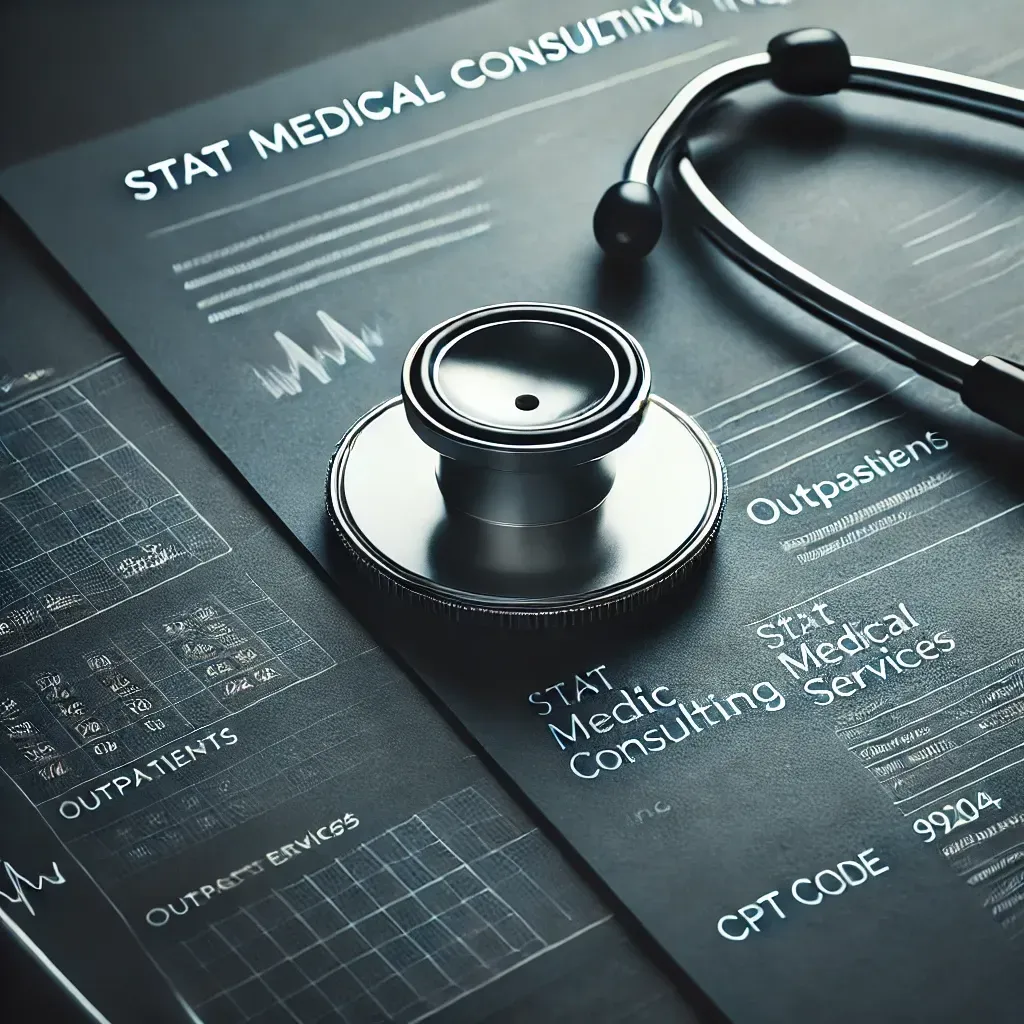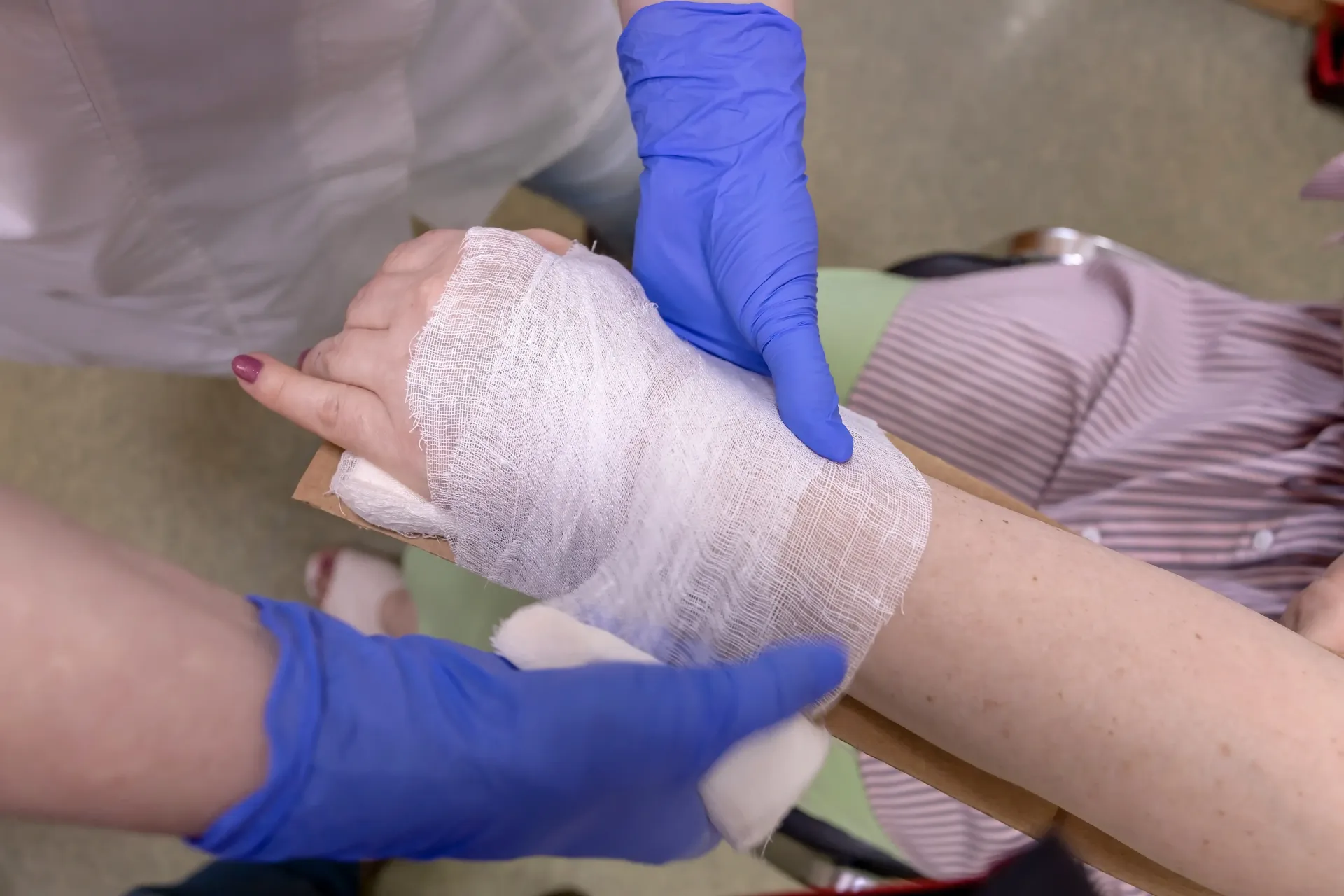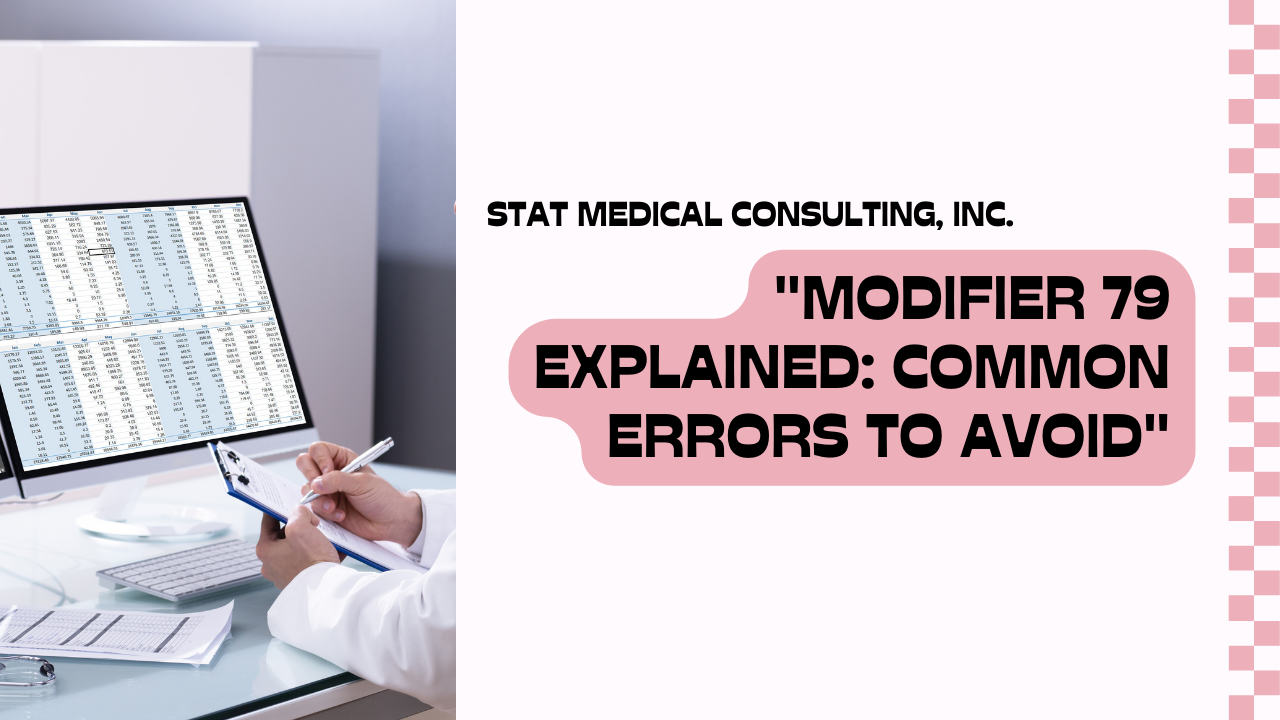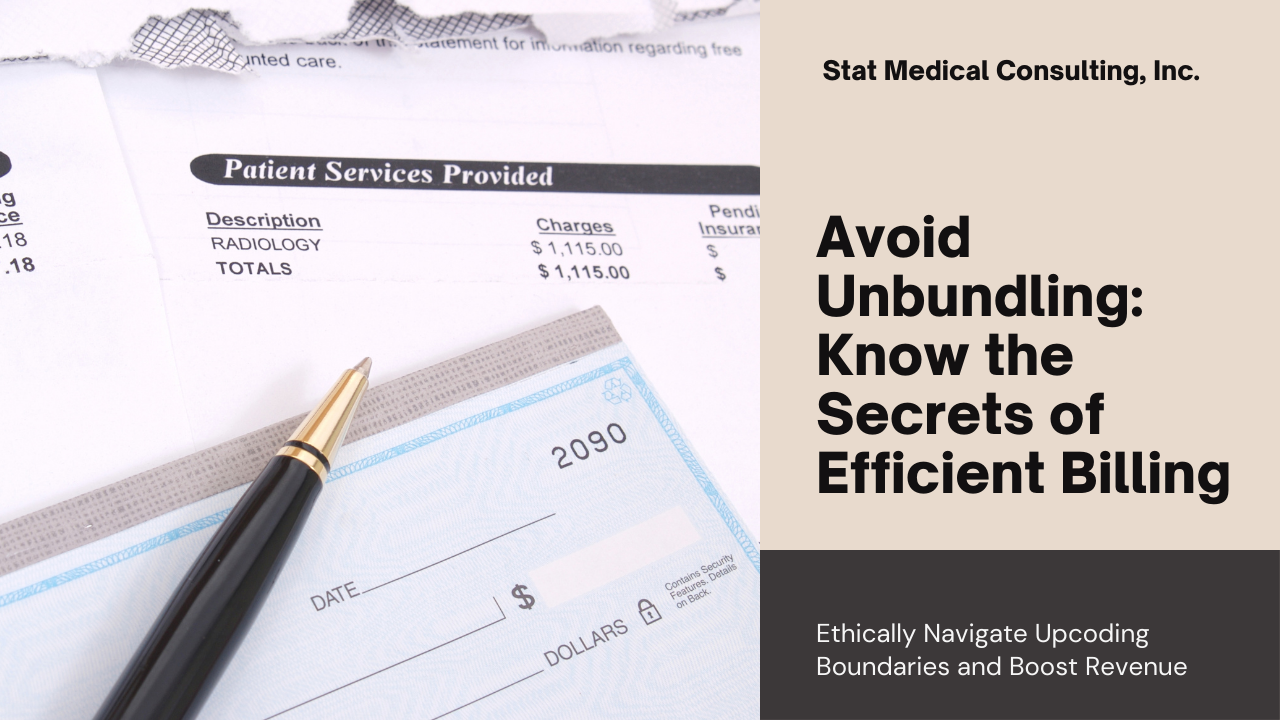TEL: (818) 907-7828 | EMAIL: sharon@statmedical.net
Understanding CPT Code 99215: A Complete Guide for Medical Billing Professionals
Discover the nuances of CPT Code 99215
A Comprehensive Guide for Healthcare Professionals
What Is CPT Code 99215
CPT code 99215 refers to a high-level evaluation and management (E/M) service for established patients in an office or outpatient setting. It is typically used for complex medical visits requiring extensive assessment, decision-making, and care coordination, often lasting about 40 minutes. This code applies when the patient's condition demands a comprehensive evaluation, making it essential for accurate medical billing in advanced patient care.
What Does CPT Code 99215 Mean?
CPT code 99215 is specifically used to document a comprehensive evaluation and management service for established patients. To qualify for this code, the visit must meet the following criteria:
- Comprehensive History: The patient’s history must be well-documented, including a detailed assessment of their medical condition, family history, and social history.
- Comprehensive Examination: The physical examination should be thorough, covering all systems related to the patient’s presenting problems.
- High Complexity Medical Decision-Making (MDM): The physician must demonstrate a high level of decision-making. This involves analyzing multiple diagnoses, reviewing test results, and determining complex treatment options.
Using this code appropriately ensures that healthcare providers are compensated for the time, effort, and resources required to manage complex patient conditions.
Documentation Requirements for CPT Code 99215
Proper documentation is key to successfully using CPT code 99215. It is essential that the documentation captures all three critical components: history, examination, and decision-making. Here’s a breakdown of what’s required:
- Comprehensive History: This must include an extended history of present illness, an extended review of systems (ROS), and a complete past, family, and social history (PFSH). The history should be documented thoroughly to reflect the patient’s complex health status.
- Comprehensive Examination: The physician must document a detailed examination of at least eight organ systems or body areas. All pertinent findings, whether normal or abnormal, should be included in the documentation.
- High Complexity MDM: The documentation must show a high level of decision-making, including multiple management options, a thorough review of test results, and an assessment of patient risks and benefits for each treatment option considered.
Pro Tip: Utilize the 1997 guidelines when possible, as they offer a more structured approach for comprehensive documentation compared to the 1995 guidelines.
1995 vs. 1997 E/M Guidelines for CPT 99215
When documenting for CPT 99215, choosing between the 1995 and 1997 E/M guidelines can significantly impact the level of detail and clarity in your documentation. The 1995 guidelines take a broader approach, requiring general examination elements without specifying each individual component.
In contrast, the 1997 guidelines offer more precise requirements by breaking down each organ system into detailed 'bullet points.' For complex cases with multiple conditions, using the 1997 guidelines often provides stronger support for high-complexity medical decision-making (MDM), ensuring compliance and minimizing the risk of audits. Selecting the appropriate set of guidelines depends on the specifics of the patient visit and the level of detail needed to support the service provided.
Time-Based Coding for 99215
In some cases, time can be used as the primary factor for selecting CPT code 99215. If more than 50% of the face-to-face time spent with the patient is dedicated to counseling or coordination of care, the total time can be used to determine the code. For CPT 99215, the expected time is 40 minutes or more.
Example: If a physician spends 50 minutes with a patient, and 30 of those minutes are spent discussing treatment options, coordinating care with specialists, and providing patient counseling, CPT 99215 can be appropriately billed.
Key Considerations When Using CPT Code 99215
Healthcare professionals must ensure that the use of CPT code 99215 is justified by the documentation. The documentation should reflect the complexity of the patient’s condition and the high-level management required. Below are some key points to keep in mind:
- New vs. Established Patients: CPT 99215 is only used for established patients. For new patients, a similar level of care would be coded using CPT 99205.
- Medical Necessity: Ensure that the high complexity of the visit is supported by medical necessity. Payers may request additional documentation to verify that the visit met the requirements for 99215.
- Common Pitfalls to Avoid: Overcoding (using 99215 when the visit does not meet the criteria) and undercoding (using a lower code when 99215 is warranted) are common errors that can lead to denied claims or lost revenue.
Comparing and Differentiating CPT 99215 with Other E/M Codes
To accurately determine if CPT code 99215 is appropriate, it’s essential to understand the distinctions between it and other E/M codes. Below is a comparison of common E/M codes used for established patients:
| CPT Code | Typical Service Time | Complexity of Decision-Making | Documentation Requirements |
|---|---|---|---|
| 99212 | 10 minutes | Straightforward | Problem-focused history and exam |
| 99213 | 15 minutes | Low Complexity | Expanded problem-focused history and exam |
| 99214 | 25 minutes | Moderate Complexity | Detailed history and exam |
| 99215 | 40+ minutes | High Complexity | Comprehensive history and exam |
Key Takeaways:
- 99212 and 99213: These codes are suitable for minor issues that require low to minimal complexity in decision-making and involve brief history-taking.
- 99214: Used for moderate complexity cases with a need for a more detailed history and examination.
- 99215: Reserved for high-complexity visits with a comprehensive evaluation, thorough documentation, and extensive decision-making.
Reimbursement Rates for CPT Code 99215 Across Different Payers
Accurate reimbursement for CPT code 99215, which reflects high-complexity evaluation and management services, can vary widely depending on the payer, making it essential for healthcare providers to stay informed about specific payer rates and guidelines. Here's a brief comparison of reimbursement rates across major payers:
| Payer Type | Service Time | Average Reimbursement Rate |
|---|---|---|
| Medicare | 40 minutes | $180.42* 2024 based all Macs |
| Medicaid | 40 minutes | $103.52 |
| Commercial Insurance | 40 minutes | $162 (variable; 20%-50% above Medicare rates) |
Optimizing Reimbursement for CPT 99215
Proper coding and documentation are critical to maximizing reimbursement for CPT 99215. Here are a few tips to ensure accurate billing and minimize the risk of denials:
- Verify Insurance Coverage: Before coding, ensure that CPT 99215 is covered by the patient’s insurance plan.
- Maintain Accurate Documentation: Include detailed notes on the patient’s history, physical examination findings, and the medical decision-making process.
- Use Modifiers Appropriately: If additional services are provided during the same visit, consider using modifiers to indicate the extended services.
Practical Examples and Step-by-Step Coding Analysis for CPT Code 99215
Below are real-world scenarios showcasing when CPT code 99215 is appropriately used, along with a step-by-step coding breakdown to guide medical billing professionals:
Scenario 1:
A 68-year-old patient with a history of congestive heart failure, diabetes, and hypertension presents for a follow-up visit. The patient is experiencing worsening shortness of breath and edema. The physician spends 45 minutes evaluating the patient’s condition, reviewing recent lab results, and coordinating care with a cardiologist. During the visit, the physician adjusts the patient’s medications, orders additional diagnostic tests, and discusses the risks and benefits of treatment options with the patient.
Step-by-Step Coding Breakdown:
- History: Comprehensive history review, addressing all current and chronic health issues.
- Examination: Detailed physical examination covering respiratory, cardiovascular, and other relevant systems.
- Decision-Making: High complexity due to multiple diagnoses and medication management, justifying CPT 99215.
Scenario 2:
A 52-year-old female presents with a complex history of COPD, heart disease, and uncontrolled diabetes. The physician spends 50 minutes managing her case, including an in-depth review of lab results, coordinating with a specialist, and adjusting her treatment plan to stabilize her conditions.
Step-by-Step Coding Breakdown:
- History: Comprehensive history covering her chronic conditions, lab results, and current symptoms.
- Examination: Detailed examination of the respiratory, cardiovascular, and endocrine systems.
- Decision-Making: High complexity due to the need for changes in multiple medications and the involvement of a cardiologist.
By breaking down the coding criteria and documentation requirements for each step, healthcare professionals can ensure compliance and justify the use of CPT 99215, reducing claim denials and maximizing reimbursement.
Compliance Considerations for CPT Code 99215
Upcoding and down coding are two common pitfalls when billing for CPT 99215.
Upcoding happens when the visit’s complexity is exaggerated without solid documentation to back it up—like marking it as high complexity without clearly showing why it’s medically necessary. This can lead to claim denials.
Downcoding, on the other hand, is when the documentation undersells the level of care provided, resulting in lost revenue. To avoid these, make sure to thoroughly capture the patient’s history, exam findings, and decision-making. Also, keep an eye on payer-specific guidelines since some insurers may have stricter requirements for 99215 claims. Staying compliant ensures you’re accurately reimbursed without risking audits or penalties.
Distinguishing CPT 99215 from Transitional Care Codes
While CPT 99215 is primarily used for high-complexity office visits, it is sometimes confused with transitional care management (TCM) codes like 99496. TCM codes are designated for post-discharge care that involves a face-to-face visit within a week of the patient’s discharge and must include high complexity MDM to qualify. If the required criteria for TCM, such as follow-up timing or specific care management services, aren’t met, CPT 99215 might be a more suitable option. Understanding these distinctions ensures accurate documentation and prevents potential compliance issues.
Conclusion
CPT code 99215 is used to represent high-complexity, advanced evaluation, and management services for established patients. By understanding the documentation requirements and reimbursement criteria associated with this code, healthcare providers can optimize billing and ensure appropriate compensation for their services.
At Stat Medical Consulting, Inc., we specialize in helping healthcare practices streamline their billing processes and maximize revenue. We offer free billing analysis and consultation to identify potential areas for improvement. Contact us today to learn more about how we can support your practice and ensure you receive the reimbursement you deserve.
Get in touch with us now to see how we can take your billing operations to the next level!
Additional Resources for Billing Professionals
To stay informed and ensure compliance, it’s essential to have access to authoritative sources and guidelines. Below are some valuable resources that can help you navigate the complexities of CPT 99215 coding and other E/M services.
- AMA CPT Guidelines for E/M Codes: Review the latest CPT guidelines directly from the American Medical Association.
- CMS Documentation Requirements: Understand the Centers for Medicare & Medicaid Services’ documentation requirements for accurate billing.
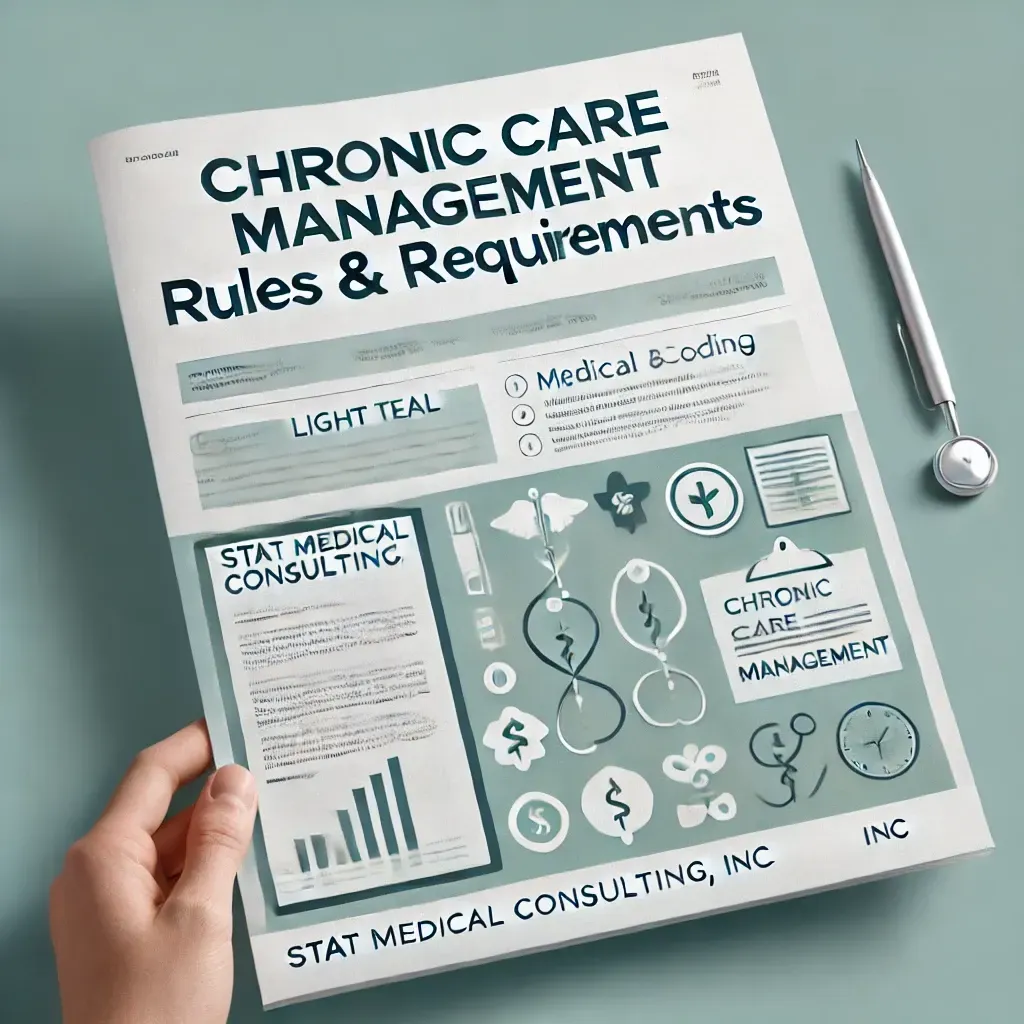

Address:
Stat Medical Consulting, Inc
22801 Ventura Boulevard, Suite 211, Woodland Hills, CA 91364
Email: sharon@statmedical.net
Phone:
818-907-7828

Stat Medical Consulting, Inc


